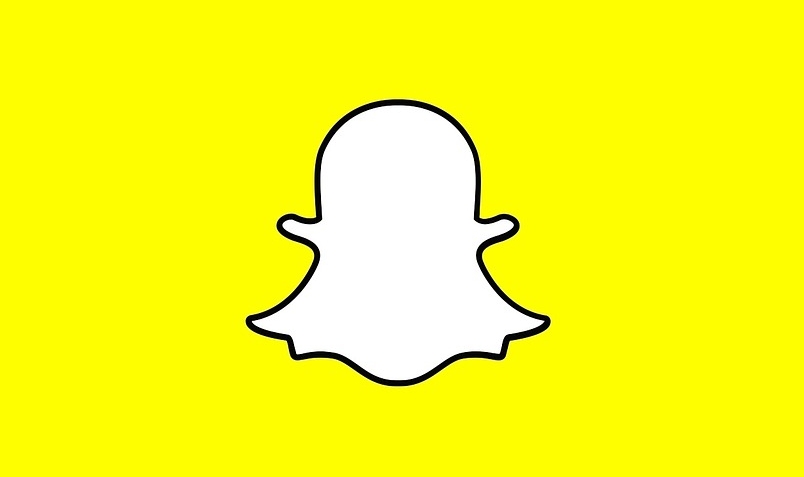Snapchat enjoyed impressive first day of trading – but can it fulfil its potential?

Snap Inc started trading at $24 a share on the New York Stock Exchange (NYSE) yesterday – leaving its market capitalisation at around $33bn (£27bn) – as shares soared by 44 per cent at the end of its first day of trading.
The parent company of Snapchat raised $3.4bn in its initial public offering (IPO), after pricing the 200m share public offering at $17 a share on Wednesday. Its IPO made it the biggest tech offering on a US exchange since Chinese eCommerce company Alibaba went public in 2014, and made its 20-something co-founders CEO Evan Spiegel and CTO Bobby Murphy into billionaires.
Despite the early success of Snap, many are still unsure if it can truly compete with the likes of Facebook and Google – or fade away like Twitter has, despite experiencing an almost equally impressive first of day of trading.
“The market seems to be bullish on Snap shares. That suggests investors are betting Snap’s innovative streak will outweigh the growing competition it faces from Facebook, which has moved aggressively into Snapchat products like stories right across its business, from Facebook to Instagram to WhatsApp,” said Robert Lang, CEO at social media analytics company Socialbakers.
Lang believes that Snap’s innovation – including its Spectacles and reported drone building – will keep its user base growing. A point that Solberg Audunsson, co-founder of influencer marketing platform Takumi, agrees with.
“The reason why Snapchat has become such a valuable company is because of its innovation in camera tooling as much as social platform innovation. It has created a series of fun and innovative tools and features, such as filters, front-facing flash and stories, that have successfully turned people's mobile phones into an easy-to-use content creation, editing and production suite,” said Audunsson.
“The ease of use and features have successfully democratised content creation and allows anyone to direct video narrative, not just repost memes or take photographs with nice filters. Lowering barriers for creation has been at the heart of Snap Inc’s strategy. Time will tell how they will be rewarded and if they can once again recapture a lead over Instagram in terms of innovative tooling.”
Despite this, Lang made it clear that innovation and a growing user base wouldn’t be the factor that keeps Snap at the top of the game.
He pointed out that the key to Snap’s growth will be how it competes with Facebook and Google in the ad space, of which the two tech giants more-or-less hold a monopoly over.
“In many ways, Snap is a test to see if new ad-supported networks can emerge and grow when they are competing for dollars with Facebook and Google, which account for more than 80 per cent of the market,” Lang said. “Ad dollars continue to shift from TV to online media, but the incumbents have massive advantages in terms of competing for this new money, thanks to their huge user bases. If Snap succeeds as a public company, it’ll be a signal that new “walled gardens’ can emerge and thrive.”
Regardless of the initial excitement surrounding Snap’s stock market debut, investors and market analysts are well-aware that this excitement could fade away very rapidly, if Snap does not show the growth that many would like to predict, and are remaining level-headed.
Chris Beauchamp, chief market analyst at financial spread betting providers IG, said: “Snap duly delivered on the hype that surrounded its IPO, with a 44% gain in the share price on day one echoing the heady days of the dot-com bubble. The underwriters and company management will be pleased to see the stock in such high demand, but the easy work is now behind it. Snap is now just another company on the New York stock exchange, and will be judged by the same metrics as others of its ilk. It has to show real user growth from this point onwards, and a firm strategy for making money off those users.”







